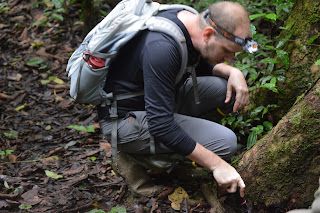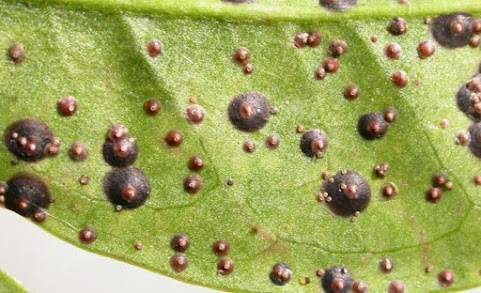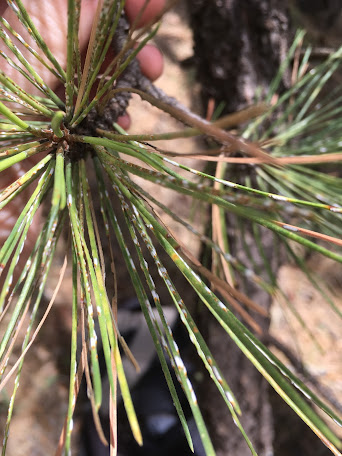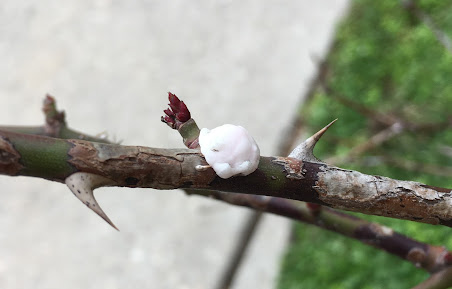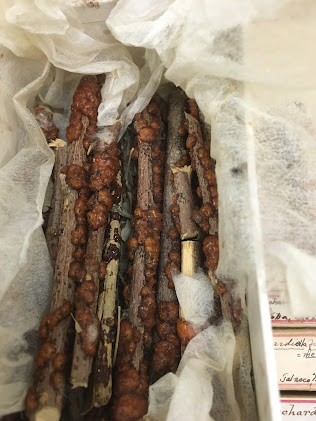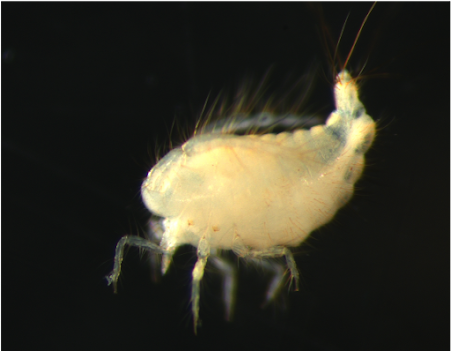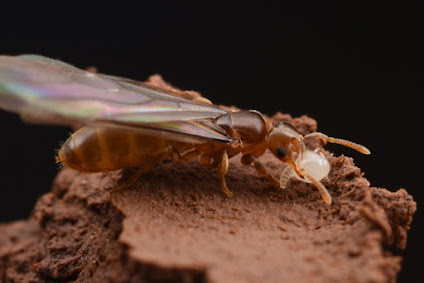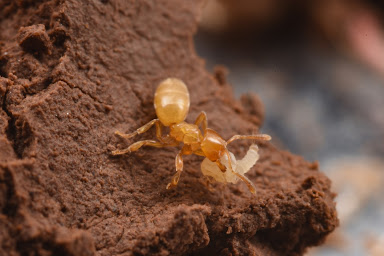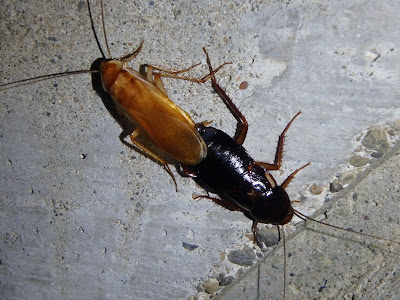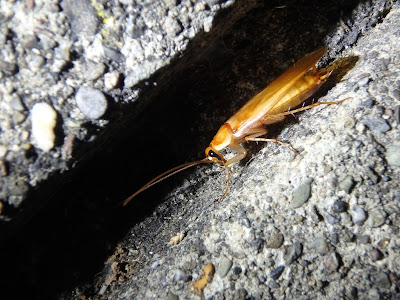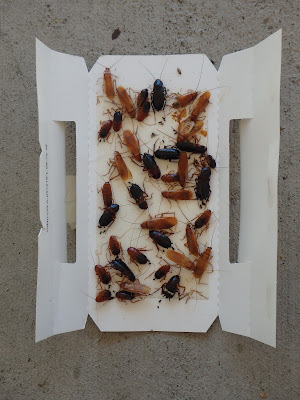Howdy bug lovers! Scale insects are simultaneously fascinating and sort of uninteresting. They are notoriously immobile for much of their life, making them the insect of equivalent of couch potatoes. But, with that comes intriguing questions about how they live, thrive, and survive. Today, Mike is flying solo to interview Scott Schneider all about this particular group of true bugs! Tune in!
Scott Schneider, scale expert extraordinaire and our interviewee for this episode.
Scott hard at work in the field.
Pine needle scales (Chionaspis pinifoliae) are another kind of hard scale and show some of the diversity in test shape and color between hard scale species.
Soft scale on a Rubus. Note how the waxy covering appears softer than that of hard scales.
Lac scales, from which products like shellac are produced.
Xenococcid scale insect that is associated with Acropyga ants.
Acropyga worker moving a xenococcid scale. Photo by Jonghyun Park via iNaturalist, used under a CC BY-NC 4.0 license.
All photographs by Scott Schneider and used with permission unless otherwise noted.
Show notes
Sodano et al. 2024. Scale insect (Hemiptera: Coccomorpha) morphology is transformed under trophobiosis. Annals of the Entomological Society of America 117(1): 49–63, https://doi.org/10.1093/aesa/saad033
Schneider et al. 2018. Molecular phylogenetics of Aspidiotini armored scale insects (Hemiptera: Diaspididae) reveals rampant paraphyly, curious species radiations, and multiple origins of association with Melissotarsus ants (Hymenoptera: Formicidae). Molecular Phylogenetics and Evolution 129: 291-303. https://doi.org/10.1016/j.ympev.2018.09.003
Questions? Comments?


